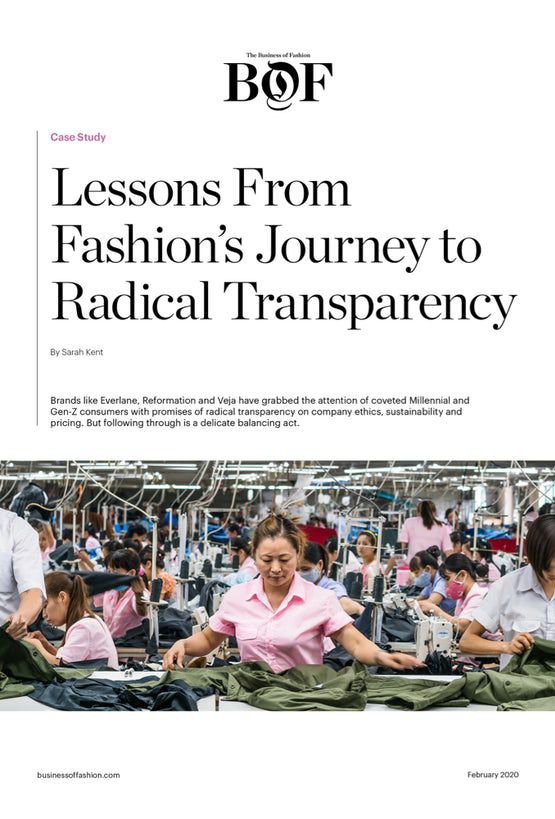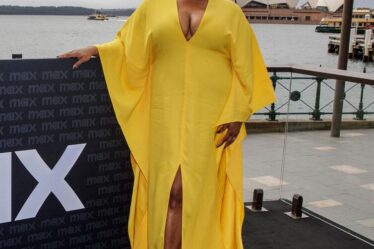
This article is part of BoF’s special edition, Can Fashion Clean Up Its Act?
Is “radical transparency” in fashion even possible?
McKinsey & Company has called out “a rising trust deficit” among consumers, putting pressure on brands to show there’s depth to their claims about transparency and sustainability.
But there are some brands doing the work to show consumers they are serious about corporate responsibility.
Veja, Reformation, Eileen Fisher and others that have already taken steps to lift the curtain on their business practices, but perhaps no brand has been more vocal than San Francisco-based direct-to-consumer apparel company Everlane, which positioned itself as a leader in this wave, embedding the buzzy company slogan of “radical transparency” into its business model.
But radical transparency isn’t easy. Critics say that the most radical thing about Everlane is its marketing — a charge the company vigorously denies.
And while the pressure is mounting on brands to provide consumers with more information to back up claims of ethical, sustainable or price-competitive practices, embedding transparency into a business presents key pain points:
- Transparency doesn’t scale well. Operating transparently means brands have to have a really solid understanding of their own internal operations, and that gets increasingly difficult as brands scale up; bigger supply chains mean more complexity.
- Transparency is a moving target. A decade ago, simply talking about where clothes were made was considered a new frontier of transparency, now this is just a hygiene factor. But providing better and more granular information creates new challenges. For instance, growing demand for clarity on clothes’ climate impact requires brands to not only understand their supply chains, but also master environmental accounting.
- Getting transparent communications right is hard. From a sales and marketing perspective, how brands talk about transparency matters almost as much as actually doing the right thing. With call-out culture on the rise, it’s a delicate balance: promise too much and risk a backlash that undercuts any good work that might be underway. On the other hand, if brands fail to really educate consumers, rivals doing less may benefit from a halo of greenwashing from which it is difficult to stand out.
- Transparency isn’t enough. Ultimately, most consumers still care more about price, quality and style than anything else when making purchasing decisions, which means many in the industry are choosing not to take on the additional burdens that come with more transparency.
BoF’s latest case study explores what it takes to be a transparent and commercially successful brand — big or small — without being accused of “clearwashing.”
Editor’s Note: This case study was corrected on February 12, 2020. A previous version misstated Kathleen Talbot’s title, her description of the fallout from uncovering issues that can’t be remediated at major manufacturing partners as “destructive,” and that Good On You last reviewed Everlane in February, 2018. This is incorrect. Kathleen Talbot is chief sustainability officer and vice president of operations at Reformation, she said the impact of issues at manufacturers was “disruptive,” and Good on You last reviewed Everlane in December, 2019.



